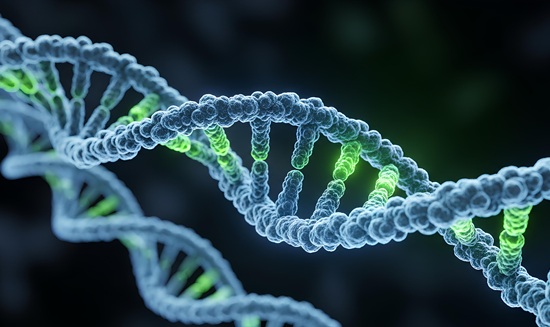High-Speed Fluorescence Image-Enabled Cell Sorting Tested
By LabMedica International staff writers
Posted on 03 Feb 2022
Cell sorting through flow cytometry is a technique that enables scientists to identify and sort individual cells based on specific characteristics of each cell in order to study them in more detail, evaluate how each cell may react to a new drug or perform other single cell studies.Posted on 03 Feb 2022
By adding imaging to the traditional biomarker identification and quantification, a new technology not only identifies if and how much of a biomarker is present in the cell, but also its location or how it is distributed within the cell. By imaging the distribution of biomarkers with this technology, scientists obtain detailed information about cells that was previously invisible in traditional flow cytometry experiments, which enables them to answer complex biological questions.

Image: Schematic diagram of image-enabled cell sorting, developed at BD Biosciences and tested by European Molecular Biology Laboratory (Photo courtesy of BD Bioscience)
Genome Biologists at the European Molecular Biology Laboratory (Heidelberg, Germany) and their colleagues studied regulators of the nuclear factor kappa light chain enhancer of activated B cells (NF-κB) pathway, a protein complex that plays an important role in cellular immunity and stress response. The team measured the activity in this pathway by tracking the location of RelA, a protein that moves from the cytoplasm into the nucleus of the cell upon activation.
The scientists used the new innovation, known as BD CellView Image Technology (Becton, Dickinson and Company, Franklin Lakes, NJ, USA) can capture multiple images of individual cells flowing through the system at a speed of 15,000 cells per second and also adds a previously impossible capability of sorting cells based on detailed microscopic image analysis of individual cells at this speed. Using BD CellView Image Technology, the screen allowed them to identify several novel regulators of this important cellular pathway in a matter of hours, instead of days as would be required using conventional approaches. This result has broad implications for accelerating the pace of genomic and therapeutic discovery.
Lars Steinmetz, PhD, a Professor of Genetics and lead author of the study, said, “For years, scientists have desired a system for cell sorting that would allow them to get a detailed picture of a cell’s inner workings and to isolate those with microscopic phenotypes of interest. This is what BD CellView Image Technology achieves, defining a new standard in cell isolation and characterization. We are excited about applying this technology to high-resolution genomic screening aimed at collecting functional information for every part of the genome. We are also exploring applications for cell-based diagnostics and characterization of cells in health and disease.” The study was published on January 20, 2022 in the journal Science.
Related Links:
European Molecular Biology Laboratory
Becton, Dickinson and Company














